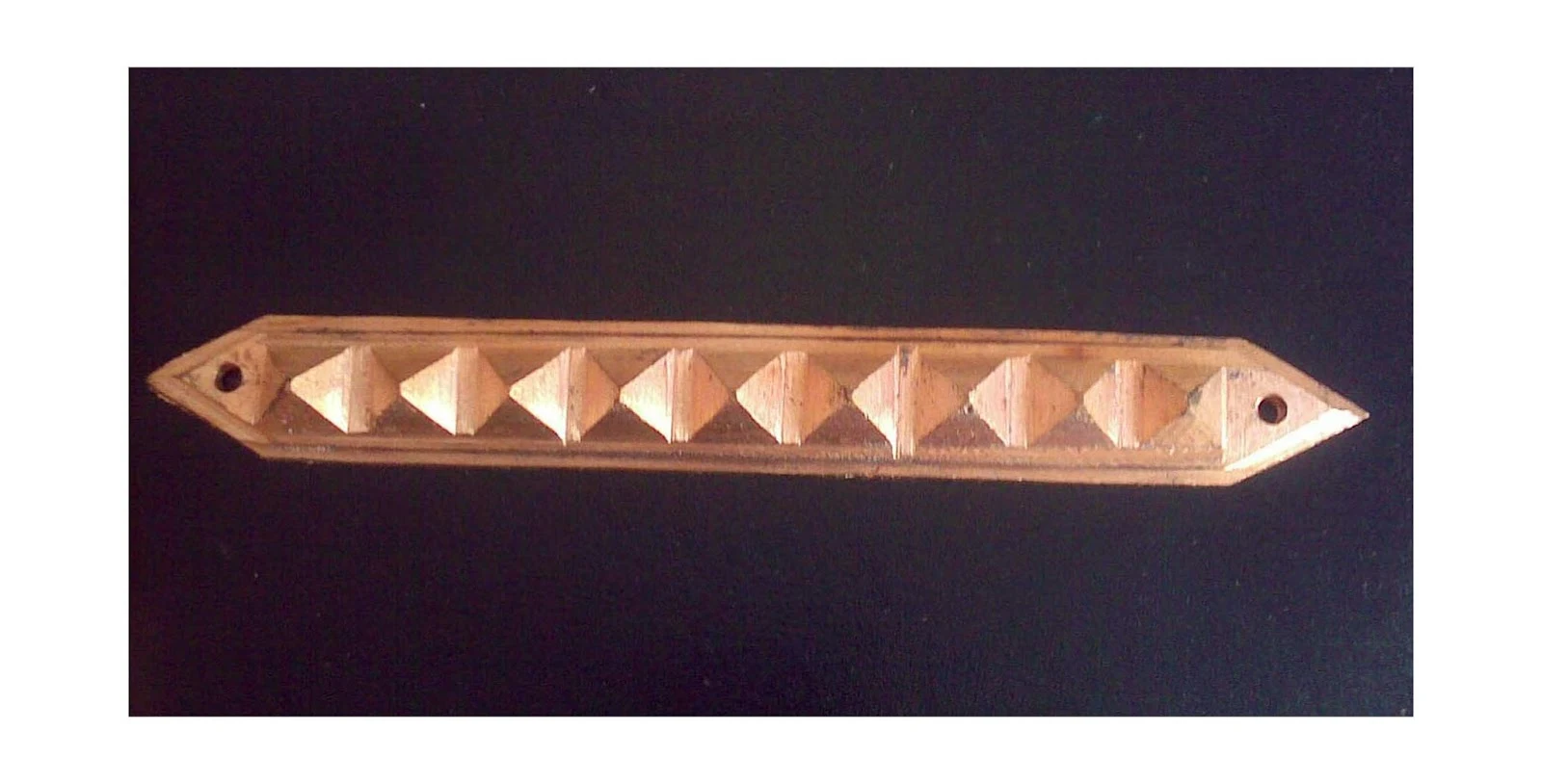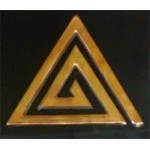Importance of North East Direction in Vastu Shastra
Everything that happens in nature affects the life of human knowingly or unknowingly. The cosmic rays from the sun, moon and other planets also have an effect on the human body. Out of the eight directions, the North-east has special importance. The sun rises from the East, moves towards the North and sets in the West. The early morning rays are auspicious and must fall on the land we live on.
These rays, to a great extent, are absorbed by water; therefore it is beneficial to have wells and underground water tanks in the North-East direction. There should be no constructions in this direction since the auspicious rays would be obstructed. This corner of the plot should be depressed either naturally or artificially.
The treatises like “Vishwakarma Prakash” attribute special importance to the ishana angle (the northeast direction) in the selection and architectural map of the plot, construction of the house (building) and even the exterior and interior structure and settings of the rooms. This direction is regarded as highly surcharged with divine energies. This is temples, shrines and devotional meditation centers/rooms should be constructed in the northeast corner. As the Sun rises from the East, one naturally gets maximum (vital) energy from it in this direction. The northeast direction is enriched with the confluence of this energy pool with the magnetic and subtler energy currents of the earth and the etheric hole. The rishis, the Indian sages of Vedic Age had mastered this knowledge. This is why the sacred pilgrimage centers and ashrams of spiritual training in the ancient times were established in this direction near the holy rivers. We can still feel the distinctly enchanting, energizing and enlightening ambience at such sites.
Modern scientists are well aware of the vital role of the heat, light and enormous kinds of energy radiations sent by the Sun on the earth. These are the determinants of the atmospheric and other changes, energy balances and natural phenomena on the earth. Although under a different approach and in a different language, the principles and theories of Vastu Shastra thoroughly take into account these interconnected effects together with the geological and geophysical aspects. The manifestations of God or the divine powers described in the vastu chakra and invited and worshipped during the ceremony of Vastu Pooja are mostly the invocations of the energy currents and forces emanating/radiating from the Sun.
India is the land instinct with sanctity and religious rituals. Spiritual energy is actively pervading in its sublime environment, in every aspect of its culture. This is why the Vedic knowledge of vastu is also associated with religious rituals here. Thus adoption of the principles and disciplines of Vastu Shastra also helps in spiritual endeavors and growth. Many pilgrimages have been the source of attraction and uplifting experiences for millions of devotees and visitors from different parts of the globe since immemorial times. The shrines built as per the Vastu-instructions are said to work like (small or big) reservoirs of cosmic energy. This explains the emphasis laid in the Indian cultural customs upon preserving at least one room or corner of the house (in the appropriate direction) for home-temple.
As the home-temples or worship-chambers happen to be given paramount importance in a building according to Vastu Shastra, the north-east corner being the principle axis of the location of the former also gets a prominent role in archeology. The east and the north directions are of significance in the Indian culture. The Vedic literature refers to the sun as the “soul of the world” and it is also regarded as the source of vital power and health. The sun rises in the east, therefore meditating on the soothing radiance of the rising Sun in this direction in the early hours of the dawn is of great devotional and spiritual significance. The Vedic scriptures on yoga describe the extrasensory energy centers like the sahastra chakra, brahmrandhra and agya chakra to be subtly located in the north pole (cerebrum region) of our brain. Meditating on the rising sun activates these centers and thus awakens supernatural talents and powers.
The northeast direction is referred to as a sacred direction in Vastu Shastra. We should also maintain a state of cleanliness and purity in this direction in our house and workplace. No heavy item should be kept in this direction, and should also avoid keeping a broomstick or any other sanitary item there. If not used for any devotional purposes, this corner (direction in the house) may be left clean and empty even if it happens to be located in the living room or the bedroom. Keeping dirt and debris in this corner of the house is said to attract malevolent effects such as difficulties, losses, tensions in personal relationships etc. We should not forget that our rishis had taken a full measure of the dimensions and limitations of human life and had provided humanly practical remedies against challenges of destiny or circumstances. Likewise, they have also laid down guidelines to minimize or eliminate the negative effects, if any, of having a house designed against the Vastu principles.
It is important that any defect at the north east should be attended immediately. Various remedies like
zinc helix ,
vastu mangal kalash, are available for this cooling zone. Also applying the counter remedies at the opposite zone i.e.
lead metal pyramid,
lead helix will also help in harmonizing the energy.
Click for 21
Vastuplus Energy Efficient Techniques
Click for
Six Steps Vastu Consultation Process










